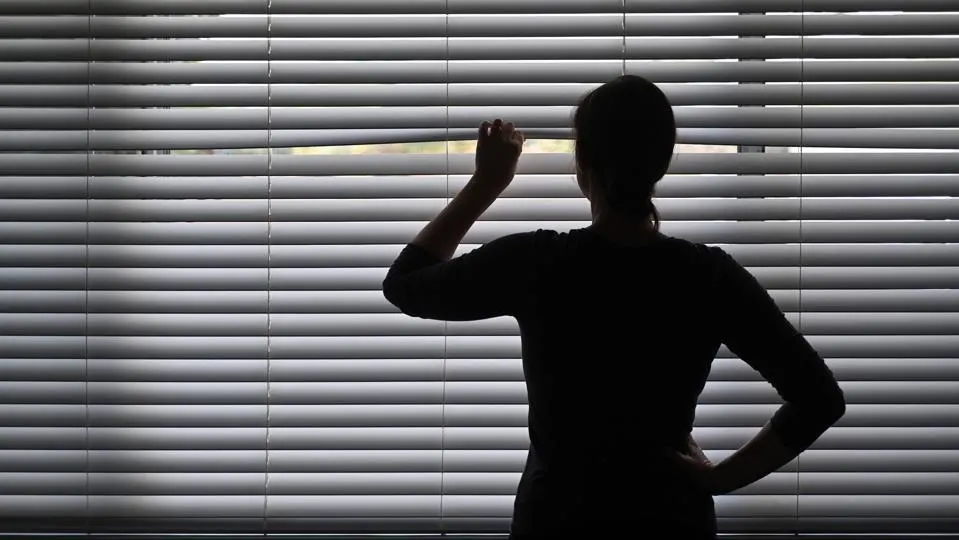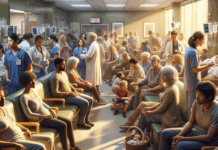People that suffer from a phobia are often ignored, because the physical signs are easily dismissed and the mental signs are not noticeable to the casual observer. A phobia can be just as debilitating as depression or insomnia, often forcing people to take drastic action to avoid being caught in a situation where they might have to face their fear.
Everyone is afraid of something. This is one of those rules of life that can’t be avoided, and even people who appear fearless are scared of something. It is often merely a matter of being able to hide just how scared a person is. Fear is something that can be overcome or hidden under normal circumstances. However, some people who cannot seem to overcome their fear are most likely suffering from a phobia.
A phobia is significantly more difficult to handle than the average encounter with fear because of the psychological nature of it. Unlike fear, it is purely irrational and generates a much stronger reaction, owing largely to faulty thought processes or the recollection of traumatic memories from the formative years.
The nature of a phobia and how it forms is such that anything and everything can become a trigger for it, though there are a few common causes. People who are caught in a situation where they are forced into contact with the trigger of their phobia, nearly anything can happen. Heart palpitations, sweaty palms, increased heart rate, and shallow breathing are just some of the many possible physical effects.
People who tend to be prone to anxiety are also prone to some severe reactions to a phobia attack, with some experts theorizing that the psychological propensity towards one also lends to the likelihood of suffering from the other. However, the real long-term damage lies in how it affects the mental processes.
People who have a phobia are adept at picturing scenarios of being trapped with the object, situation, or thought that triggers the said irrational fear. These thoughts often come with an incredible level of detail, which only serves to enforce the fear that is the root of the image.
Patients with this condition also become adept at making excuses to avoid being put into a situation that forces a real life confrontation with their fears, such as taking the stairs instead of the elevator and faking excuses to avoid going to high places.
The positive side of this condition is that it forces people to be creative, because the adrenaline rush caused by a fear reaction can only last so long. The mind becomes adept at creating scenarios and making conjectures that force the body to keep the adrenaline coming. The negative of this, however, is that the mind is incapable of discerning between reality, perception, and imagination whenever a fear trigger is fired.
A person with a phobia is not always easy to detect. Some of the more common triggers for an attack are very similar to things that most people are afraid of, such as heights or snakes. The significantly more intense reaction is often dismissed by most casual observers. Similar to depression, a person that has one of the many types of phobias may not even recognize that he has a problem that needs to be dealt with.
Most experts in the field believe that, like the numbers representing depression and social anxiety disorder, the number of people with phobias is inaccurate because most cases are not even being reported.
DISCLAIMER: The content of Pro Liberation is firmly opinionated and is not meant to be interpreted as official news. We glean facts and quotes from mainstream news websites and abridge its meaning for readers to relate. We do not indulge in misinformation, conspiracy theories, or false doctrine but choose to express our right to free speech as citizens of this country and free born under God the Creator. We represent Nu Life Alliance Inc. a non-profit organization in the battle for social and economic justice. Donate to our cause at the following link. DONATE














